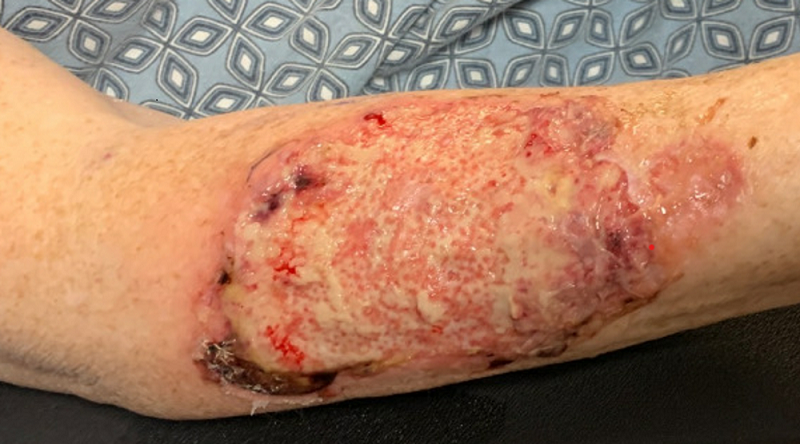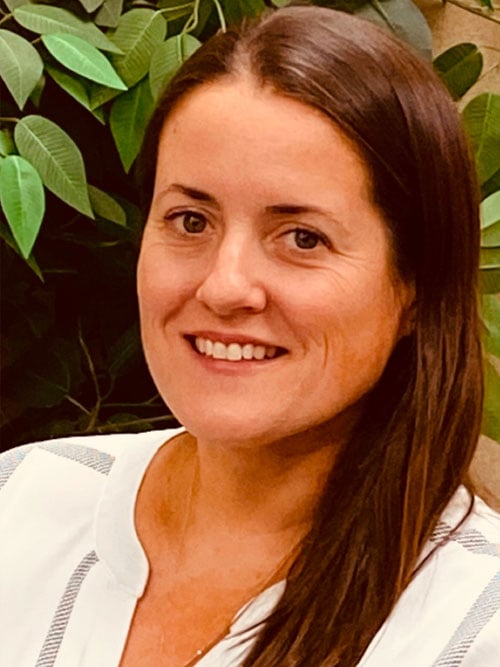New Published Case Report: HBOT as treatment for Pyoderma Gangrenosum

The Role of Hyperbaric Oxygen Therapy as Treatment for Pyoderma Granulosum
Pyoderma gangrenosum is an uncommon, inflammatory skin disorder. A common symptom of pyoderma gangrenosum is a painful, tender area on the skin that grows in size into a sizeable ulcerative wound. These wounds can can appear in various places on the body, but they are most commonly found on the lower legs. Pyoderma gangrenosum has been associated with pathergy, a condition where skin wounds arise after a minor injury, like scratches and bumps. These wounds are not caused by an infection but by an unclear inflammatory process. Other inflammatory diseases, like inflammatory bowel and inflammatory arthritis, can be associated with Pyoderma gangrenosum.
Traditional treatment plans for Pyoderma gangrenosum patients include taking oral steroids and other medications that suppress the immune system, like tumor necrosis factor blockers. Tumor necrosis factor is a natural protein found in the body that causes inflammation. Clinical studies evaluating these potent immunosuppressants and tumor necrosis factor blockers are ongoing. Wound care is provided to these patients, but Pyoderma gangrenosum-associated wounds do not respond well to surgical treatments. Pyoderma gangrenosum patients can suffer from chronic, painful skin wounds. These wounds can affect the quality of life for these patients, and therapeutic options are limited.
A case report prepared in part by HMS Medical Director, Alan Katz MD, FUHM, FACEP, FAAEM, and Research Coordinator, Kristin Thomson, DHSc., PA-C, was published in the International Journal of Research in Dermatology describing patients who used hyperbaric oxygen therapy (HBOT) as an adjunctive treatment for Pyoderma gangrenosum.
Hyperbaric oxygen therapy has been well established in treating select problem wounds, like certain diabetic and surgical wounds. Hyperbaric oxygen therapy was added into their traditional plan, and both patients responded well to treatments. The closure of the wounds after hyperbaric oxygen therapy reduced their pain which impacted their quality of life. For more detailed information, the full case report can be found here.

Written by Kristin Thomson DHSc., PA-C
Kristin Thomson is a Physician Assistant and Research Coordinate at HMS. Kristin holds a Bachelor of Science degree from Union College, NY, a Master of Health Science degree and PA certificate from Quinnipiac University, and a Doctor of Health Science from Nova Southeastern University....



